Figures & data
Fig. 2. Mean monthly (a) and mean annual (b) precipitation and temperature of the study area for the period 1901 to 2016.

Fig. 3. Temporal pattern of SPEI at 1-month, 3-month, 6-month, 12-month and 24-month time scales (1982 to 2016).
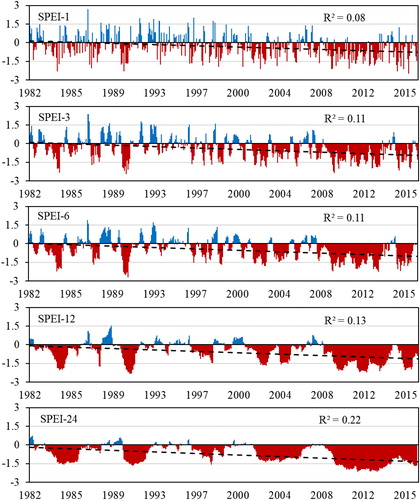
Table 1. Test of randomness and the product-moment correlation coefficient values representing the trend of drought conditions in Tigray region at 1-month, 3-month, 6-month, 12-month and 24-month time scale (1982–2016).
Fig. 4. Map of sampled tropical Indian Ocean, tropical Atlantic Ocean, tropical Pacific Ocean, the Red Sea and Nino 3.4 regions (12-month average global SSTAs for the period 1982 to 2016).

Table 2. Trend test summary of the global and local factors used in drought causation analyses (z = run’s test, r = Pearson’s correlation coefficient, p = probability-value) for the period 1982 to 2016.
Fig. 5. Running means of the sea surface temperature anomalies for the (a) tropical Indian Ocean, (b) tropical Atlantic Ocean, (c) tropical Pacific Ocean and (d) Red Sea region on 1-month, 3-month, 6-month, 12-month and 24-month basis.
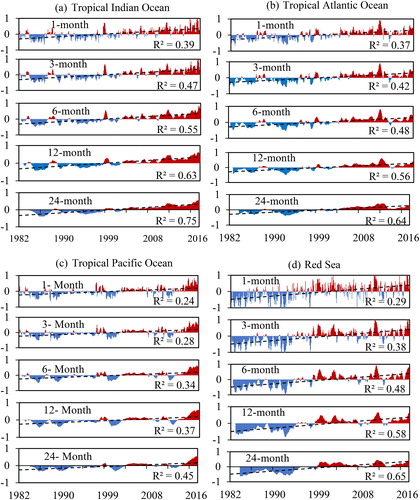
Fig. 6. Running means of the (a) Nino 3.4 region surface temperature anomaly and (b) Southern Oscillation Index (SOI) on 1-month, 3-month, 6-month, 12-month and 24-month basis.
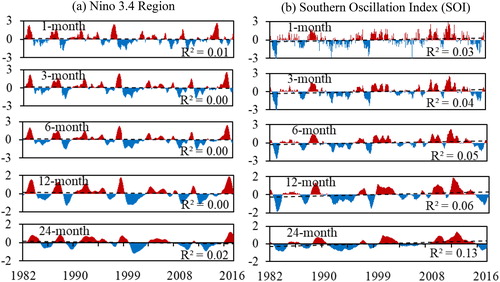
Fig. 7. Temporal pattern of average NDVI and Albedo at 1-month, 3-month, 6-month, 12-month and 24-month time scales.
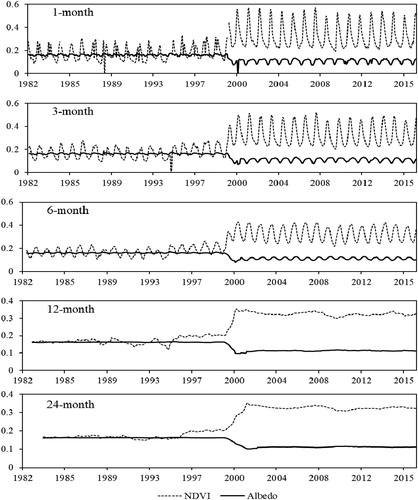
Table 3. Correlation coefficient (r) values between zero-lag SPEI and the local and global climate controlling factors at 1-month, 3-month, 6-month, 12-month and 24-month time scales for the period 1982 to 2016.
Fig. 8. Scatter plots showing the zero-time-lag observed SPEI against predicted SPEI values at (a)1-month, (b) 3-month, (c) 6-month, (d) 12-month and (e) 24-month time scales.
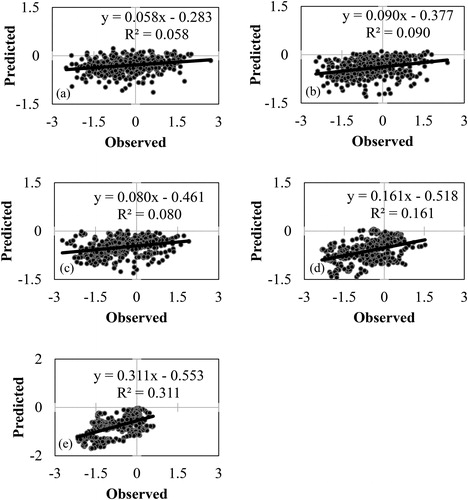
Table 4. Correlation coefficient (r) values between time-lagged SPEI and the local and global climate controlling factors at 1-month, 3-month, 6-month, 12-month and 24-month time scales for the period 1982 to 2016.
Availability of data and materials
The climate data used in this study are available from the corresponding author upon request.


